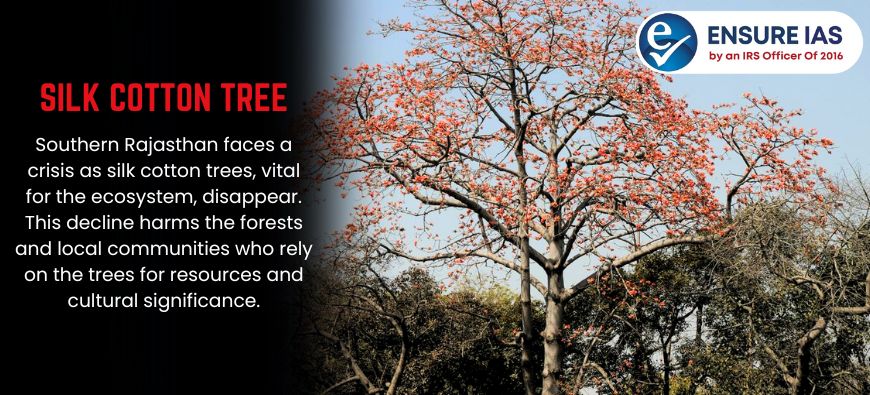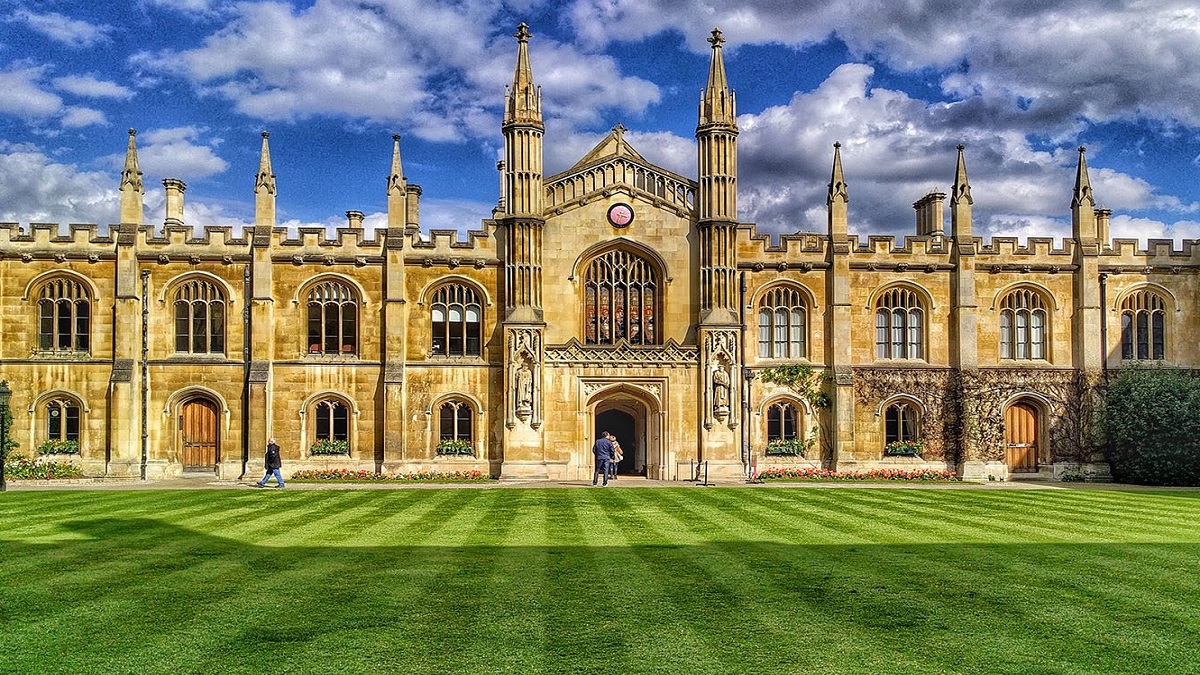- Courses
- GS Full Course 1 Year
- GS Full Course 2 Year
- GS Full Course 3 Year
- GS Full Course Till Selection
- Answer Alpha: Mains 2025 Mentorship
- MEP (Mains Enrichment Programme) Data, Facts
- Essay Target – 150+ Marks
- Online Program
- GS Recorded Course
- Polity
- Geography
- Economy
- Ancient, Medieval and Art & Culture AMAC
- Modern India, Post Independence & World History
- Environment
- Governance
- Science & Technology
- International Relations and Internal Security
- Disaster Management
- Ethics
- NCERT Current Affairs
- Indian Society and Social Issue
- NCERT- Science and Technology
- NCERT - Geography
- NCERT - Ancient History
- NCERT- World History
- NCERT Modern History
- CSAT
- 5 LAYERED ARJUNA Mentorship
- Public Administration Optional
- ABOUT US
- OUR TOPPERS
- TEST SERIES
- FREE STUDY MATERIAL
- VIDEOS
- CONTACT US
Silk Cotton Tree: A Lifeline for South Rajasthan Forests and People
Silk Cotton Tree: A Lifeline for South Rajasthan Forests and People
17-05-2024

In southern Rajasthan, the extinction of silk cotton trees has had negative consequences for the forests and people of the region.
About the Silk Cotton Tree:
- Locally known as the Semal tree, the silk cotton tree (Bombax ceiba L.) is tall and deciduous, with a depressed base and large conical thorns on its trunk.
- Found primarily in moist deciduous and semi-evergreen forests, it occasionally appears in plains from the coast and deciduous belts of the hills up to 1400 meters.
- The Garasia tribe of Rajasthan believes they are descended from semal trees.
- Distribution in India: Andaman & Nicobar Islands, Assam, Bihar, Kerala, Madhya Pradesh, Maharashtra, Odisha, Punjab, Rajasthan, and Uttar Pradesh.
Significance of the Tree:
- Multidimensional utility for wild animals, insects and tribal communities.
- Fire-resistant with cooling properties.
- Considered a pioneer tree, generating rich biomass and used for wasteland reclamation.
- Carbon sequestration through shedding of leaves before flowering.
- Potential bioindicator: Late flowering may indicate hot summer or delayed monsoon.
- Rock bees nest on its branches, protected from predators by the tree’s spikes.
- Tribal communities consume the tree’s reddish root as food during monsoons.
- Opportunities for agroforestry, providing resources like food, fodder, and fuelwood.
- The Kathodi tribe uses its wood for crafting musical instruments, while the Bhil tribe uses it to make utensils.
What is a Bioindicator?
Bioindicators are living organisms like plants, planktons, animals, and microbes used to evaluate the health of the natural ecosystem in the environment.
Must Check: Best IAS Coaching In Delhi



